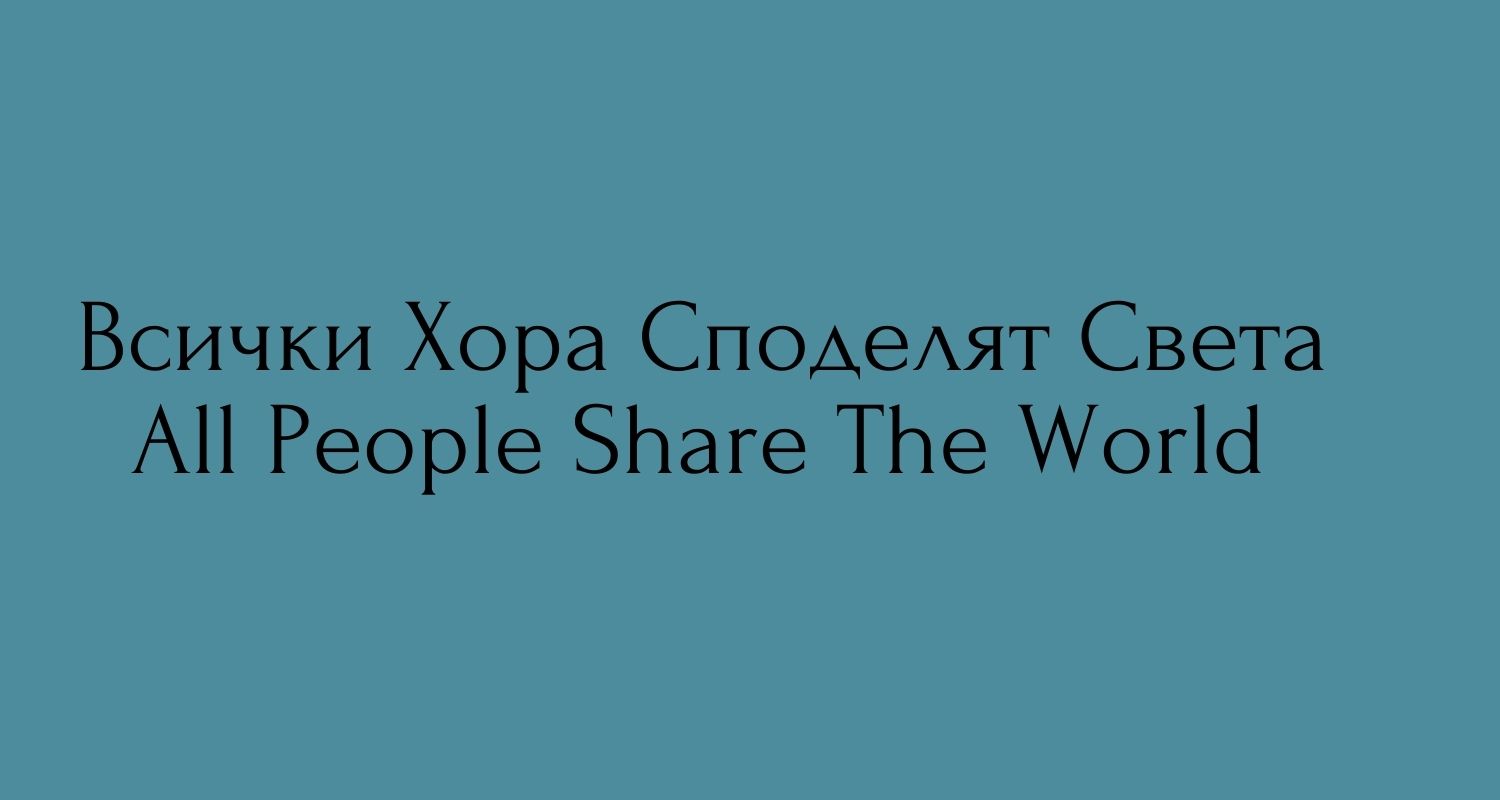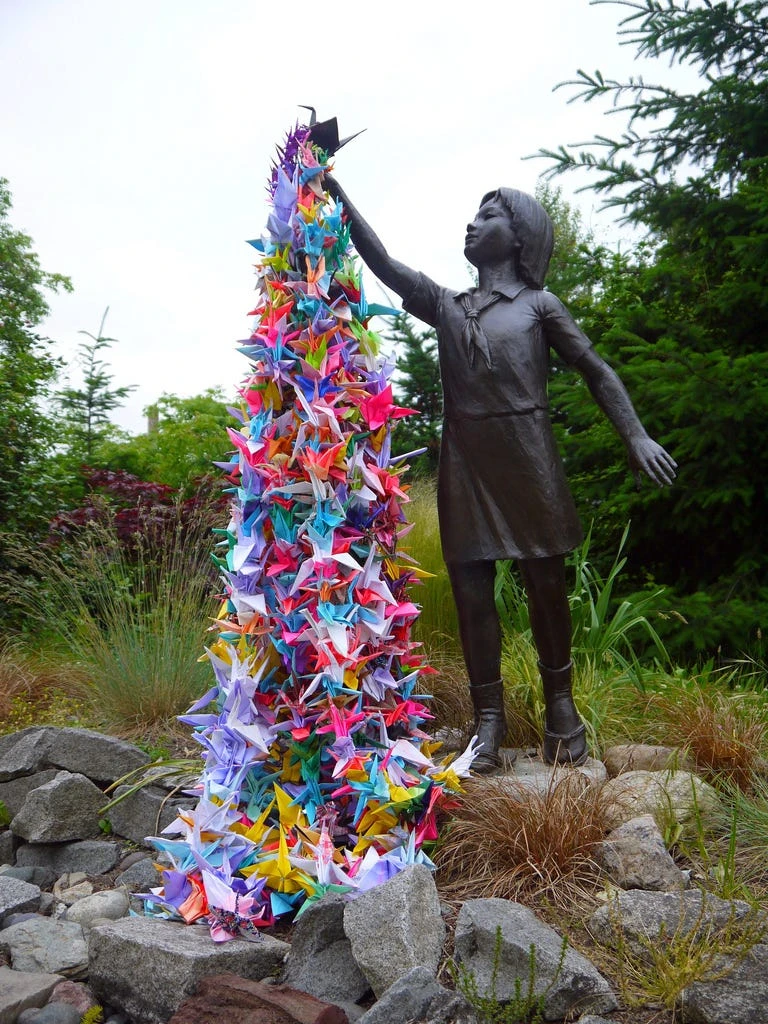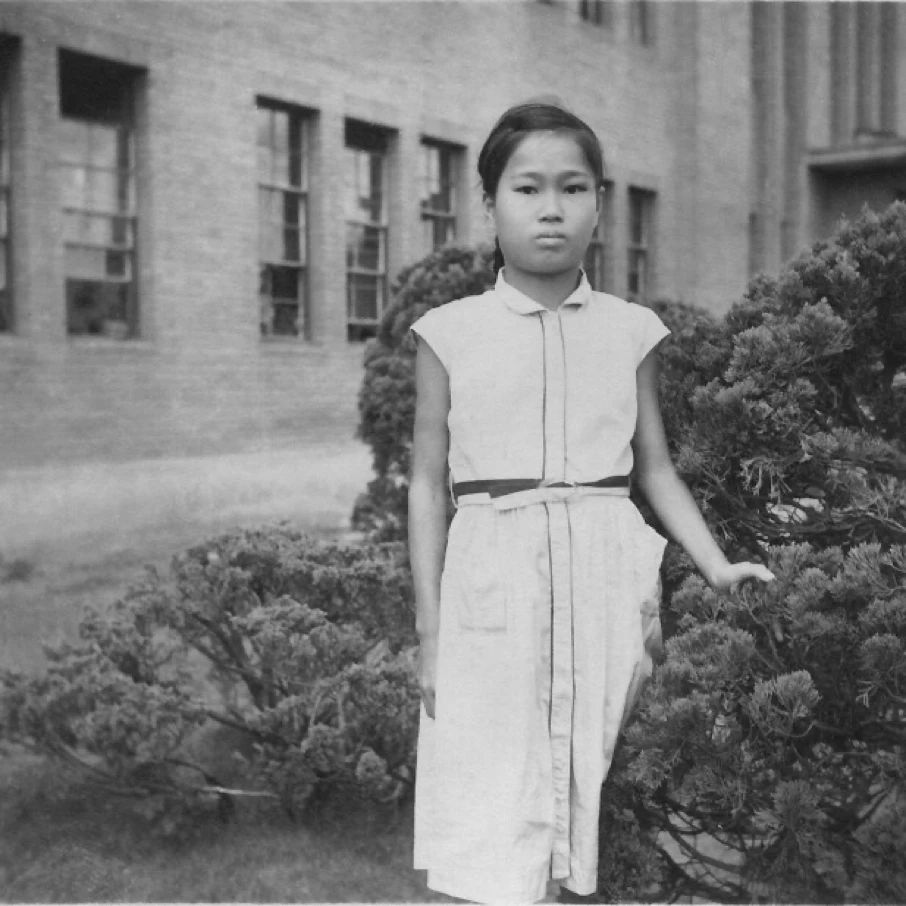
History is forced to repeat itself because no one listens - Lawrence Peter


Sadako Sasaki was a young girl who lived in Hiroshima, Japan, during World War II. She was two years old when the atomic bomb was dropped on the city on August 6, 1945. Sadako survived the initial explosion, but nine years later, she was diagnosed with leukemia, a result of the radiation exposure she had experienced as a child.
Sadako was determined to get well and believed that folding 1,000 paper cranes, a traditional Japanese symbol of longevity and good luck, would grant her wish. The legend of Sadako Sasaki and the thousand cranes has become a symbol of hope, peace, and resilience in the face of tragedy.
The Thousand Paper Cranes Legend
According to the legend, if a person folds 1,000 origami cranes, they will be granted a wish by the gods. Sadako was inspired by the story of a crane that lived for 1,000 years and wished for world peace. She believed that if she folded 1,000 cranes, her wish for good health would come true.
Sadako began folding cranes using any paper she could find, including medicine labels and her mother's candy wrappers. She soon became an expert in origami, but her illness made it difficult to complete the thousand cranes. Despite her failing health, Sadako continued to fold cranes, and her determination inspired others to help her.
Sadako Sasaki's Legacy
Sadako's story has inspired millions of people around the world to fold paper cranes as a symbol of peace and hope. Today, a monument stands in Hiroshima's Peace Park, featuring a statue of Sadako holding a golden crane. The inscription on the monument reads, "This is our cry. This is our prayer. Peace on Earth."
The atomic bombing of Hiroshima and Nagasaki had a profound impact on the world, ushering in the nuclear age and changing the course of history. The devastation caused by these bombings also led to the development of the international peace movement and the call for nuclear disarmament.
Sadako's story is a reminder of the human cost of war and the need for peace. Her message of hope and resilience continues to inspire people around the world to work towards a future where nuclear weapons are no longer a threat.
Conclusion
Sadako Sasaki's story and the legend of the thousand cranes are a powerful symbol of hope and resilience in the face of tragedy. Her determination to fold 1,000 cranes despite her illness and the devastation she experienced is a testament to the human spirit's resilience. Sadako's legacy reminds us of the importance of working towards a future where nuclear weapons are no longer a threat and where peace can prevail.



